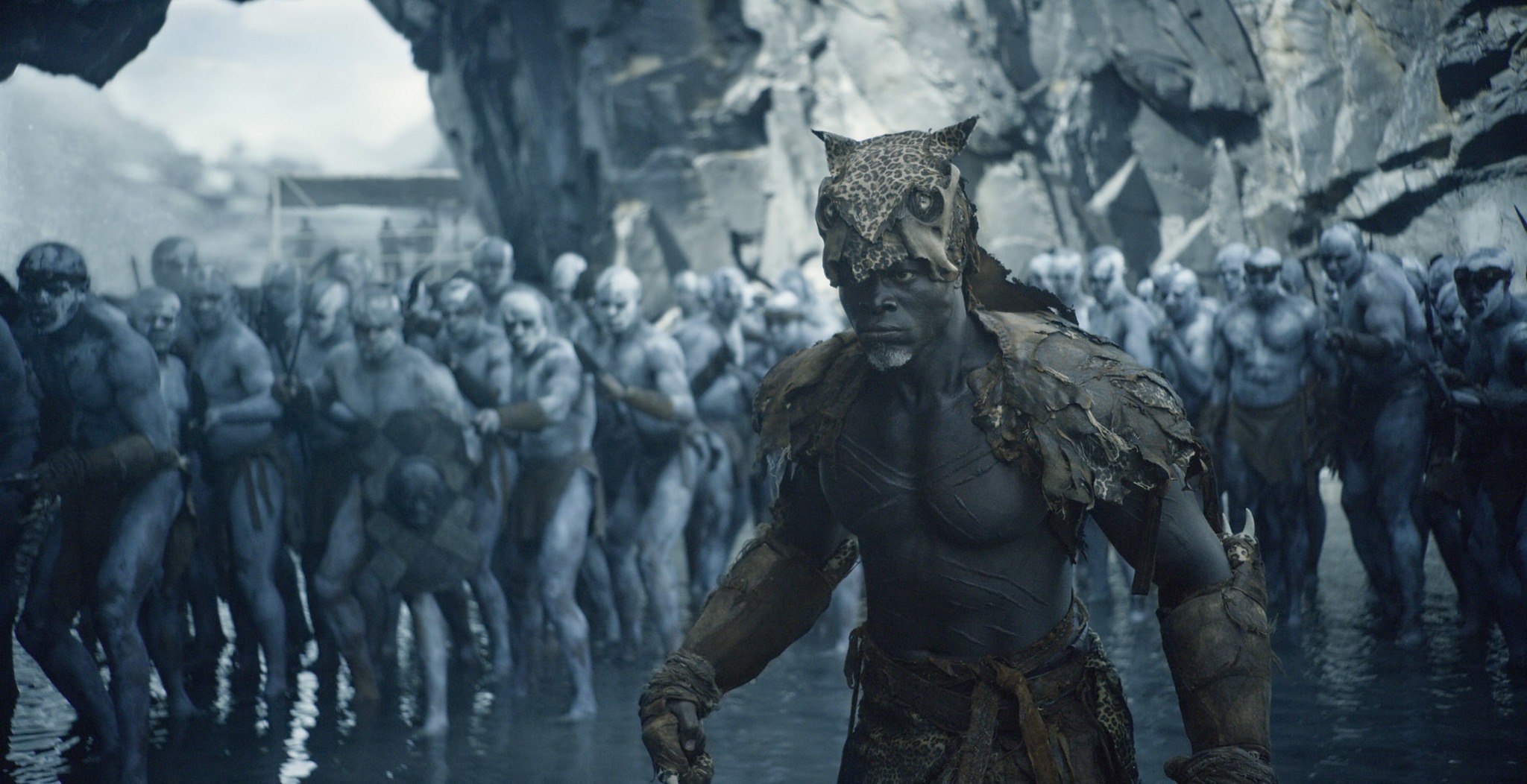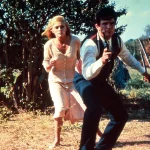The Legend of Tarzan (2016)

“The Legend of Tarzan,” directed by David Yates and released in 2016, reimagines the classic tale of Tarzan, a character originally created by Edgar Rice Burroughs. Starring Alexander Skarsgård as Tarzan and Margot Robbie as Jane Porter, the film seeks to update and expand upon the legendary story of the man raised by apes in the African jungle. This essay delves into various aspects of the film, including its plot, character development, production elements, reception, and its place within the broader context of Tarzan adaptations.
Set a decade after Tarzan (John Clayton III) has returned to his aristocratic British life and adopted the name John Clayton III, the film begins with him living a seemingly content life with his wife, Jane. However, their peaceful existence is disrupted when Tarzan is drawn back to the Congo. This call to action comes after he is lured by the British government, represented by the manipulative businessman Léon Rom, played by Christoph Waltz.
Rom, seeking to exploit the Congo’s resources, plans to enslave the local population and extract valuable resources. Tarzan and Jane return to the jungle, where they must confront not only Rom and his mercenaries but also their own pasts and the jungle’s many perils. The plot weaves themes of environmentalism, colonialism, and personal redemption, as Tarzan grapples with his dual identity and his role in the fate of the jungle.

Alexander Skarsgård’s portrayal of Tarzan is characterized by a balance of physicality and emotional depth. Skarsgård brings a brooding intensity to the character, reflecting Tarzan’s inner conflict between his civilized upbringing and his wild roots. His performance highlights Tarzan’s struggle to reconcile his past with his present and his dedication to protecting the jungle he once called home.
Margot Robbie’s Jane Porter is portrayed as a strong and independent character, distinct from some traditional depictions. Robbie brings charisma and resilience to the role, showcasing Jane’s significant role in the narrative. Her partnership with Tarzan is depicted as a mutual one, emphasizing their shared strength and resolve.

Christoph Waltz’s role as Léon Rom is marked by his signature ability to play complex villains. Rom is a manipulative antagonist whose greed and ruthlessness drive much of the film’s conflict. Waltz’s portrayal adds a layer of menace and sophistication, providing a formidable challenge for Tarzan and his allies.
David Yates, known for his work on the “Harry Potter” series, directs “The Legend of Tarzan” with a focus on combining action with emotional depth. The film’s visual effects, including its depiction of the jungle and the CGI animals, are designed to immerse the audience in Tarzan’s world. The action sequences, including Tarzan’s iconic vine-swinging and encounters with wildlife, are choreographed to blend excitement with realism.
The film’s cinematography, by Henry Braham, captures both the grandeur of the African landscape and the intensity of the jungle’s dangers. The use of sweeping aerial shots and close-ups enhances the film’s visual storytelling, creating a dynamic and engaging viewing experience.

Upon its release, “The Legend of Tarzan” received mixed reviews from critics. While some praised the film for its visually stunning action sequences and strong performances, others critiqued it for its predictable plot and occasional reliance on genre tropes. The film’s attempt to modernize the Tarzan legend was noted as both a strength and a limitation, with opinions divided on its effectiveness in reviving the classic story.
Despite its mixed reception, the film has contributed to ongoing discussions about the Tarzan character and his cultural significance. It highlights contemporary issues such as colonialism and environmentalism, reflecting modern sensibilities in its portrayal of Tarzan’s story.

In conclusion, “The Legend of Tarzan” (2016) offers a contemporary take on a classic character, blending action, adventure, and emotional depth. Through its dynamic performances, impressive visuals, and modernized narrative, the film seeks to honor and expand upon the legacy of Tarzan. While its reception may be divided, it stands as a testament to the enduring appeal of the Tarzan legend and its capacity to evolve with changing times and audiences.









